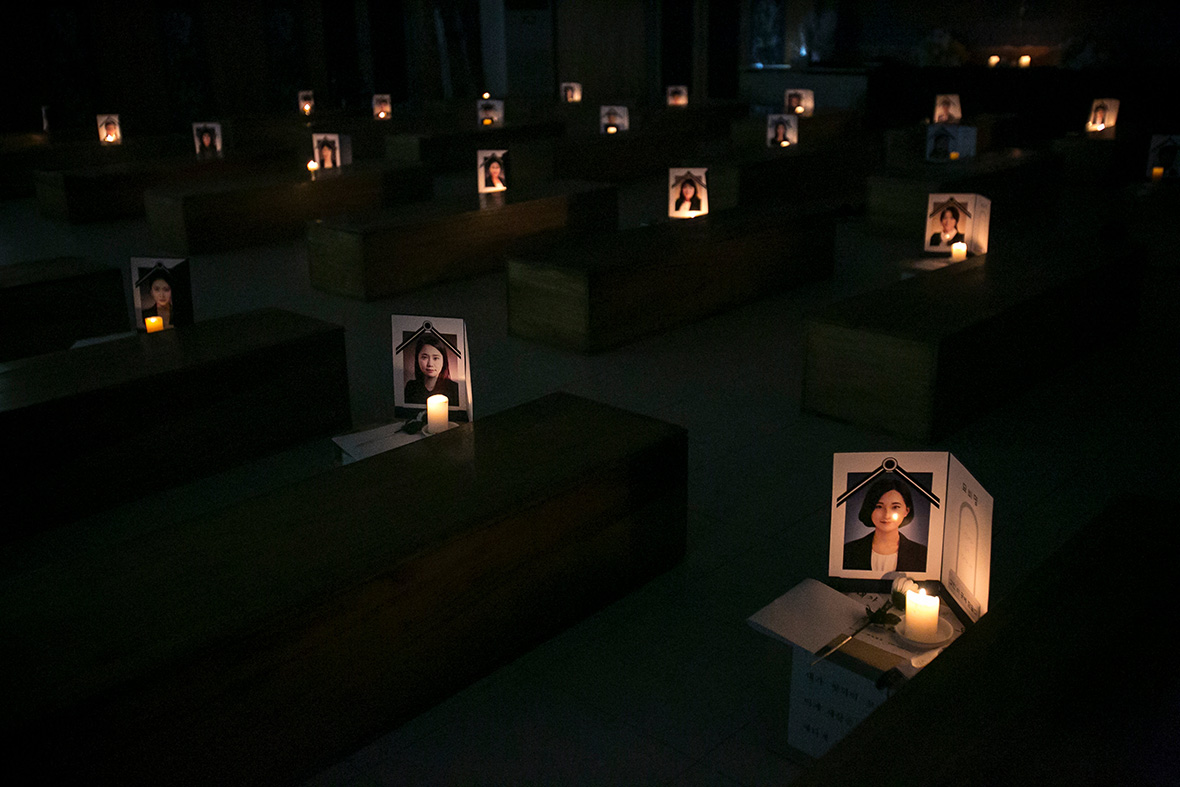South Koreans stage fake funerals as part of 'Death Experience' to make them appreciate life more
'Happy Dying' invites participants to take part in their own pretend funeral.
For years, South Korea has had one of the highest suicide rates in the world, with more than 40 deaths being recorded each day. This has resulted in many public programmes being put forward in an attempt to defuse the severe levels of stress and depression. One of the more popular programmes is the Happy Dying – a 'Death Experience/Fake Funeral' that invites participants to play a role in their own fake funeral in the hope it may help them appreciate life.

Founded by Mr Kim Ki-Ho, the session sees participants go through the process of both preparing for and experiencing their own funeral, with the hope that participants will leave with a better perspective on living and knowing that it is good to be alive. Happy Dying allows participants to reflect on their own lives as they lie inside a coffin, to appreciate what they have, and to reconsider their suicidal thoughts.



The process begins when they collect their funeral portraits, which look eerily formal and will be placed next to their 'resting place'. Next, they must write their mock eulogies, wills and words that would go on their tombstone.
Reactions vary at this point, many people feel overcome with emotion when they are suddenly faced with the prospect of death, particularly when writing to their loved ones. Participants are then dressed traditional burial linen shrouds and climb into the wooden coffins. A Death Master, dressed entirely in black, often associated with the Angel of Death, covers their eyes, and ties their wrists together. They then lie in the darkened room for 30 minutes and meditate. They are also encouraged to consider the consequences that would arise if they were to take their own lives.








Those who attend the session include employees who work in high-pressured jobs, and in some cases, are sent by their employers due the stress they experience on a daily basis within the workplace. Authorities have tried to monitor this in the past and in 2014, the Seoul city government introduced an hour-long siesta during the working day in order to give workers a break. However, the idea did not work. Employees ended up arriving to work an hour earlier, or leaving an hour later, which meant they were still working the same amount of time, and stress levels did not decrease. Happy Dying also sees a large number of students attending, who are struggling to cope with the pressure of exams.
Government data has shown that elderly citizens in South Korea were at the highest risk of taking their own lives, due to not wanting to be a financial burden on their families. Seoul citizens aged 60 or over were recorded as being the age group with the highest suicide rates, with 50.3 people taking their own lives in 2014 alone.






© Copyright IBTimes 2025. All rights reserved.




















